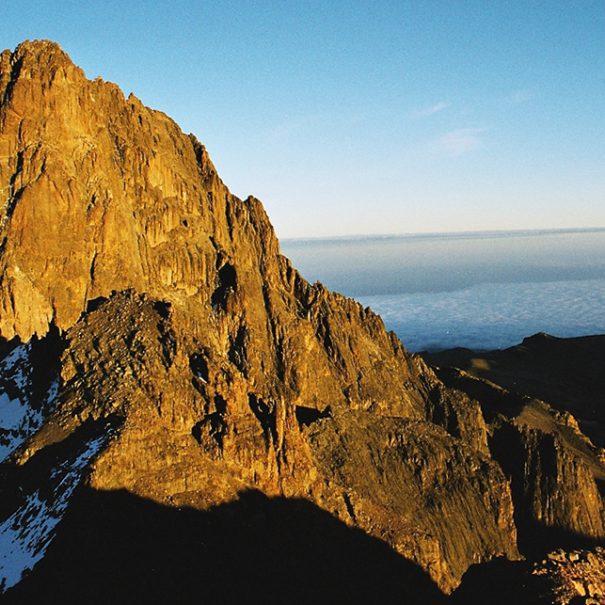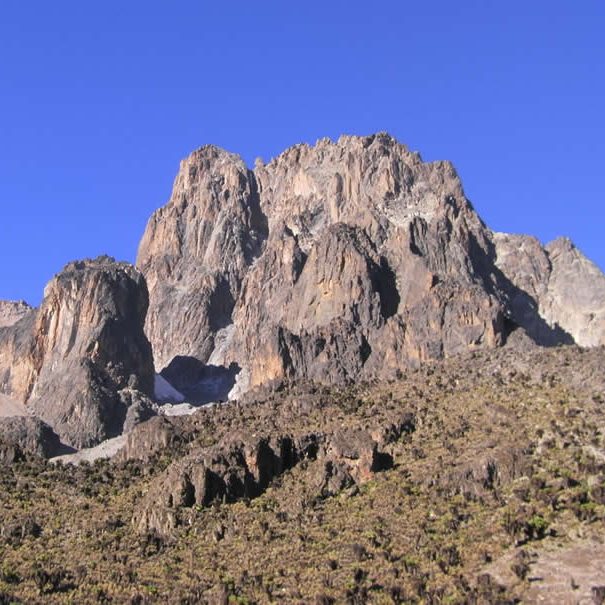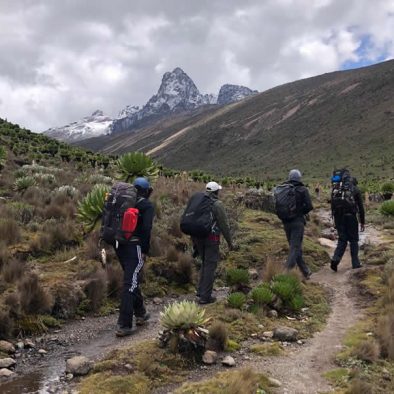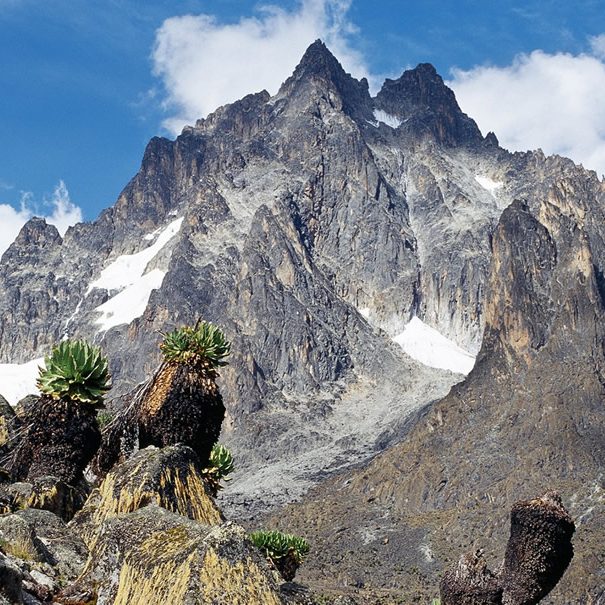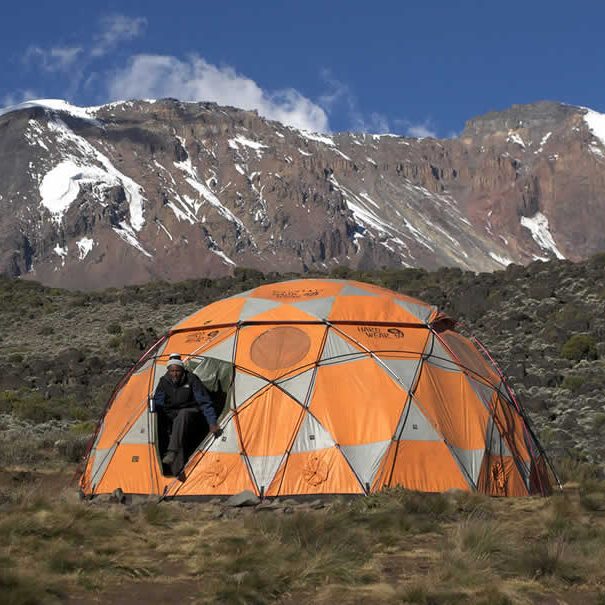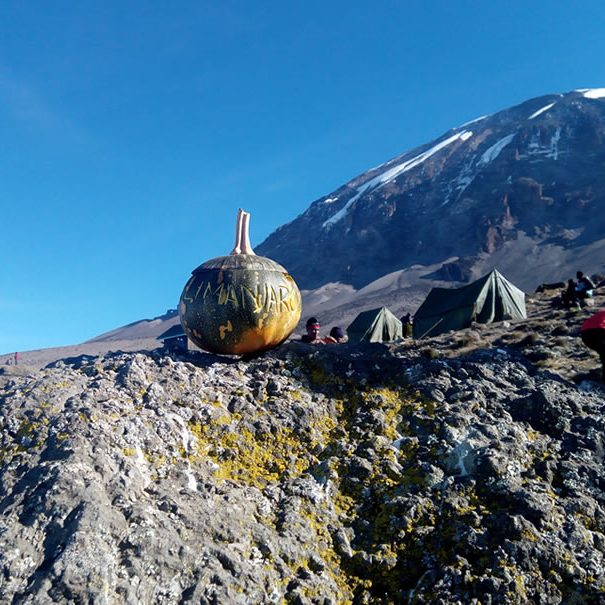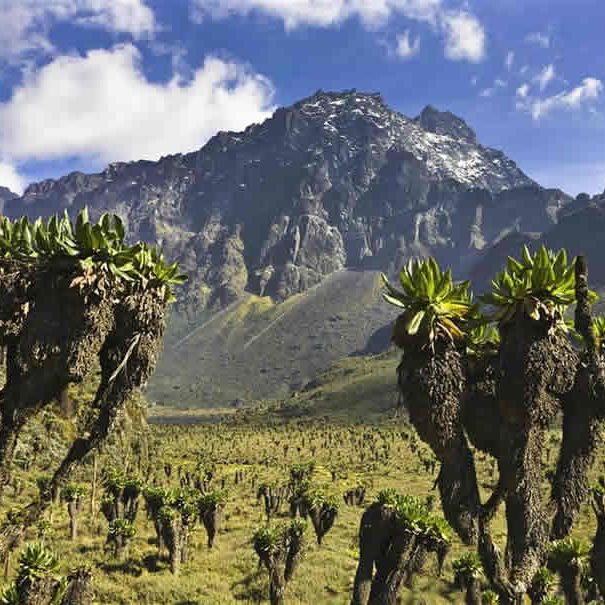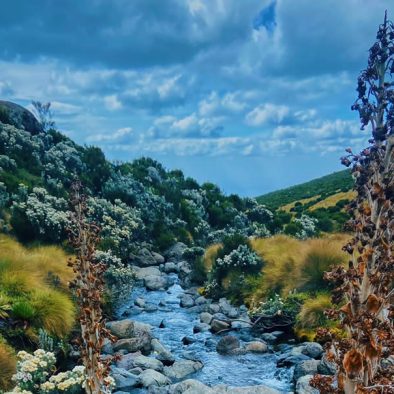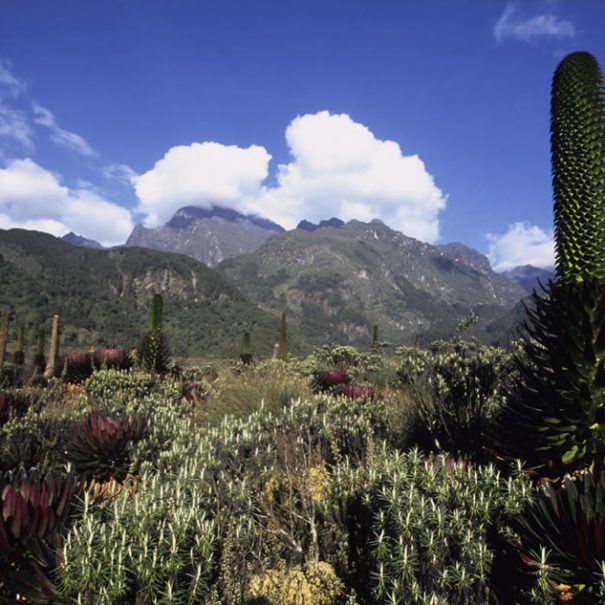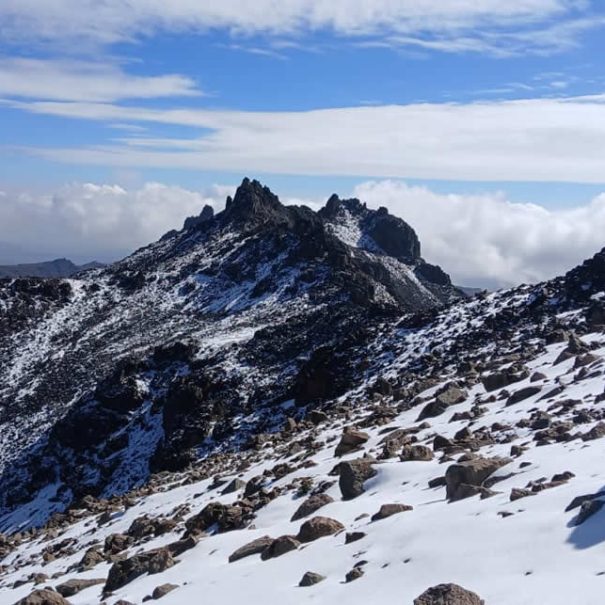Hiking is an exhilarating way to explore nature, and Mount Kenya stands out as one of the best destinations for adventure seekers. As Africa’s second-highest mountain, it offers breathtaking landscapes, diverse wildlife, and varying climate zones. However, picking the best month to hike Mount Kenya is essential to ensure a safe and enjoyable experience. Weather conditions, trail stability, and visibility all play a major role in determining the best time to trek.
Mount Kenya’s climate is influenced by its equatorial location, creating distinct weather patterns throughout the year. The mountain experiences two main seasons: the dry season and the rainy season. Lower slopes remain mild, while higher elevations can be freezing. Understanding these variations helps hikers prepare adequately for the journey ahead.
Best Time to Hike Mount Kenya
The best months for hiking Mount Kenya are January to February and July to September. These months fall within the dry seasons, providing ideal trekking conditions.
The months of January to February and July to September are ideal for hiking Mount Kenya because they offer the most favorable weather conditions. Clear skies provide breathtaking panoramic views of the peaks, making the experience more rewarding. Minimal rainfall during these months ensures dry trails, reducing the chances of slipping on muddy or waterlogged paths. Stable trails also mean easier navigation, allowing hikers to ascend and descend safely.
- January and February
These months offer warm daytime temperatures, clear skies, and dry trails. The crisp air enhances visibility, making it easy to admire the breathtaking peaks. Trails remain firm, reducing the risk of slipping. This period is excellent for both experienced and beginner hikers who want the best conditions for their ascent.
Temperatures during these months range from 5°C to 20°C, depending on the altitude. Early morning hikes are the best for catching stunning sunrises over the peaks. Wildlife is also more visible as animals gather near water sources. The dry conditions make it easier to navigate the rugged terrain, and routes like the Sirimon and Chogoria trails are particularly enjoyable.
- July to September
This is another great window for hiking. Although it falls within Kenya’s winter, temperatures remain stable. Rainfall is minimal, and skies are often clear, providing stunning panoramic views. This season is particularly popular among international hikers as it coincides with summer holidays, making it a great time for group treks and guided expeditions.
During this period, temperatures range from 0°C to 15°C at higher elevations. The air is crisp, and the trails are dry, which helps prevent erosion and makes for a more comfortable hike. The Liki North and Naro Moru routes offer spectacular views, and the drier weather increases the chances of successfully reaching Point Lenana.
Challenges of Off-Peak Months
March to June (Long Rainy Season) – Heavy downpours make trails muddy and slippery. Cloud cover reduces visibility, and cold temperatures feel more intense due to moisture in the air. Strong winds at higher elevations make hiking more challenging.
October to December (Short Rainy Season) – Unpredictable weather, frequent showers, and increased water levels make hiking more difficult. Landslides and river crossings become riskier. Foggy conditions obscure the mountain’s stunning views, and the humidity can make trekking uncomfortable.
Recommended Routes During the Best Months
Choosing the right route is key to enjoying your Mount Kenya hike. Each route offers unique scenery, difficulty levels, and challenges, and the dry months provide the best conditions for different trails.
- Sirimon Route (Best in January-February & July-September) – This is the most gradual ascent, making it ideal for acclimatization. It offers breathtaking landscapes and great wildlife sightings.
- Chogoria Route (Best in January-February) – Known for its stunning scenery, waterfalls, and lakes, this route is more scenic but requires a longer trek.
- Naro Moru Route (Best in July-September) – This is the fastest route to Point Lenana but can be challenging due to its steep incline. Best during dry conditions to avoid the notorious vertical bog.
- Burguret Route (Best in July-September) – A lesser-known and more adventurous route, perfect for those who prefer solitude and untouched nature.
Wildlife and Scenery Considerations
The dry months provide clear views and great wildlife sightings, including elephants, buffalos, and various bird species on the lower slopes. Hikers can also spot colobus monkeys and even the elusive leopard near forested areas.
During the rainy months, the landscape transforms into a lush paradise with blooming flora and flowing waterfalls. While beautiful, the mist and rainfall limit visibility, making it harder to appreciate the mountain’s full beauty. The increased vegetation also makes animal sightings more challenging.
Essential Gear for the Best Hiking Months
Even during the dry months, hikers should be well-prepared for varying temperatures and terrain. Essential gear includes:
- Layered Clothing – Mornings and nights can be freezing, while daytime temperatures are warmer. Pack moisture-wicking base layers, a fleece jacket, and a waterproof outer shell.
- Good Hiking Boots – Sturdy, waterproof boots with good grip are essential for navigating rocky and sometimes icy trails.
- Sleeping Bag – Choose a sleeping bag rated for sub-zero temperatures, especially for high-altitude camps.
- Sunscreen & Sunglasses – The sun at high altitudes can be intense, so UV protection is a must.
- Hiking Poles – These help reduce strain on the knees, especially during steep ascents and descents.
- Hydration System – Staying hydrated is crucial, so bring a reusable water bottle or hydration pack.
Tips for Planning Your Hike
Planning a successful hike on Mount Kenya requires proper preparation and knowledge of the best hiking months.
- Booking permits and accommodations early is crucial, especially during peak seasons when demand is high.
- Training beforehand improves endurance, ensuring a smoother experience at high altitudes. Proper acclimatization is essential to prevent altitude sickness—spending an extra day at mid-altitude before pushing higher can make a significant difference.
- Packing enough high-energy snacks such as nuts, dried fruits, and protein bars helps maintain stamina throughout the trek.
Hiring an experienced guide enhances safety, navigation, and understanding of the mountain’s ecology. Lastly, starting each day’s trek early allows hikers to make the most of clear weather conditions before potential afternoon cloud cover sets in.

